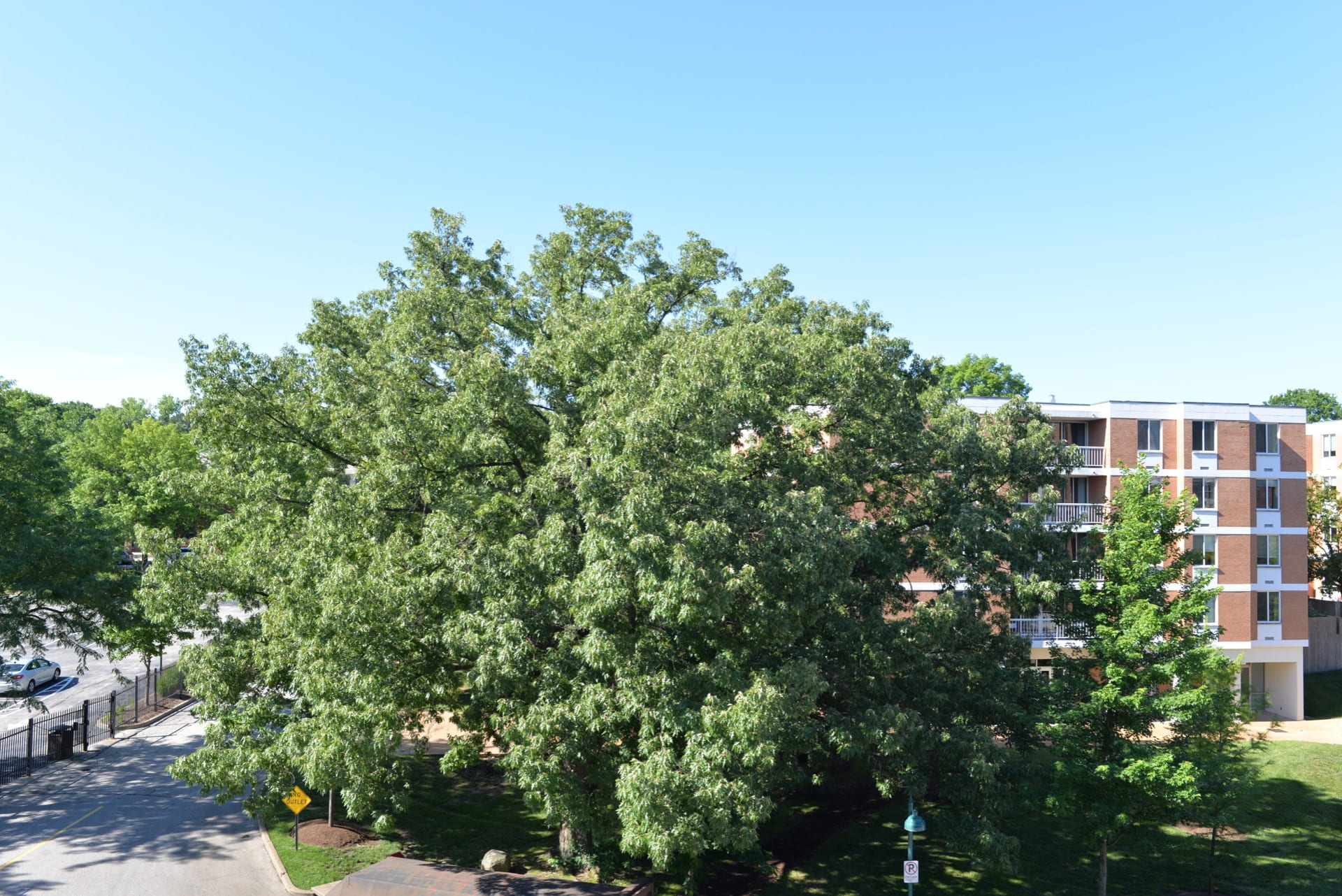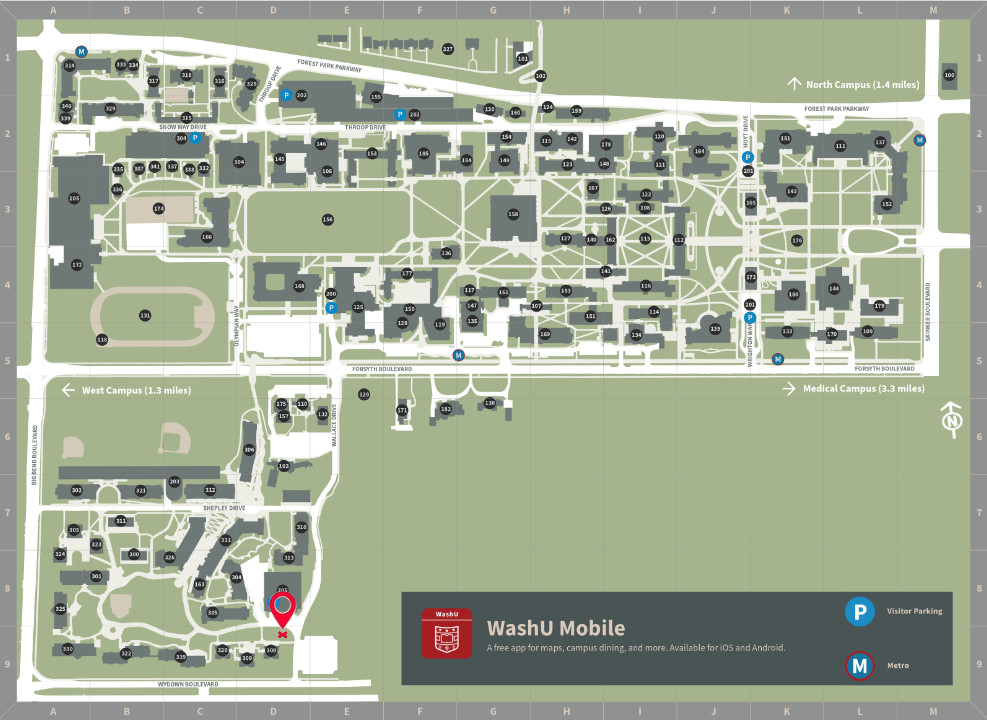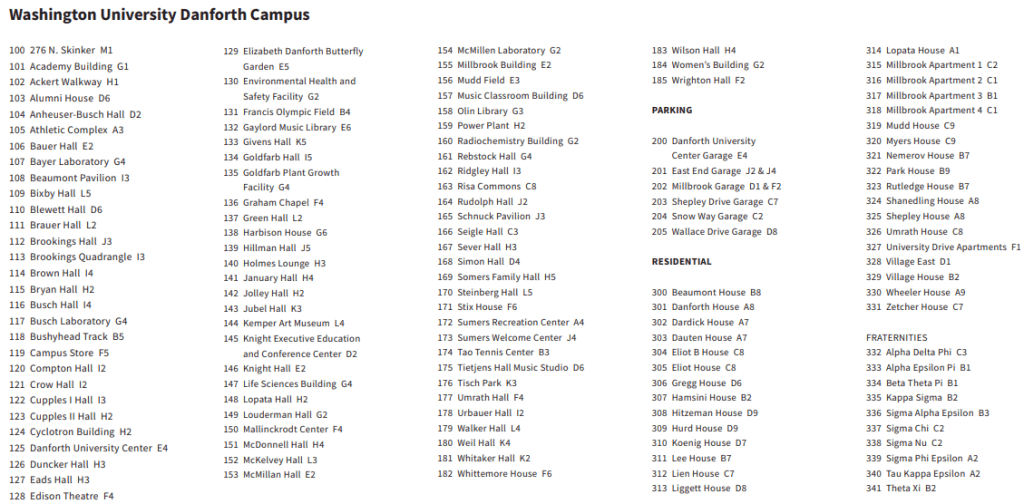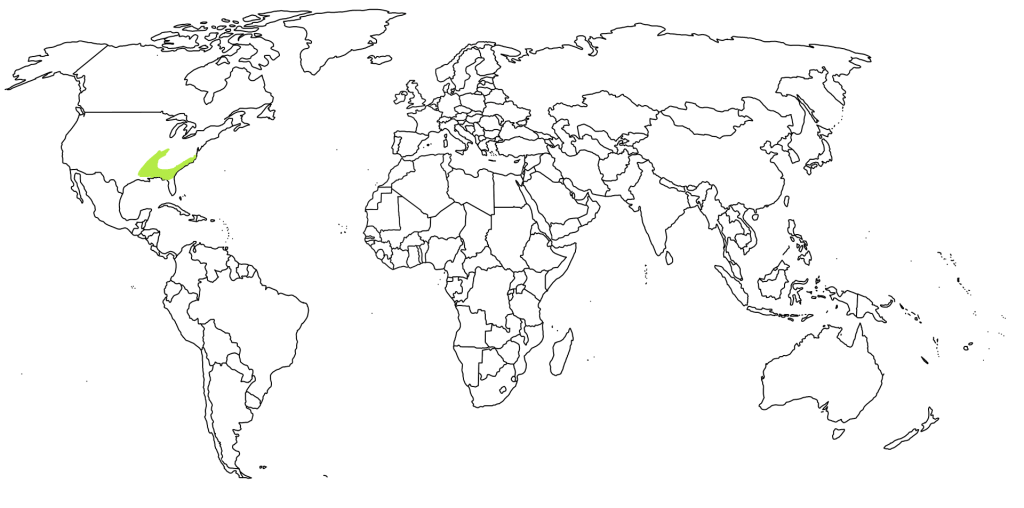Cherrybark Oak
Arbor walk #71, TreeKeeper ID #3472

Cherrybark Oak is a medium to large-sized deciduous tree native to the Southern US including the southeast corner of Missouri. The Cherrybark Oak looks very similar to another Missouri native, Southern Red Oak (Quercus falcata). So much so, that this tree was mislabeled as a Southern Red Oak for many years in the Arboretum. This confusion is common since Cherrybark Oak was previously classified as a subspecies of Southern Red Oak.
This specimen is likely over 100 years old and predates all development on the South 40. This species is commonly found in moist bottomland environments, and so this tree presumably dates back to the time when the South 40 was actually a swamp and has survived many bouts of construction on the 40 over the years. It has been struck by lightning twice, which is why a large portion of the bark is damaged. The lightning boiled the cambium which resulted in separation of the bark.
The Cherrybark Oak is a member of the subgenus of red oaks. These oaks are distinguishable from other oaks from their awns (soft bristles) at the ends of leaf lobes, their orange hairs on the leaf underside at vein intersections, and their dark, ridged bark.


GPS Coordinates
N/A
Percent Concrete
N/A
Distance to Buildings
| Year | Close Building #1 | Close Building #2 | Close Building #3 |
|---|---|---|---|
| 2020 | Hitzeman, 17.21m | Wallace Drive Parking Garage, 32.17m | Hurd, 52.40m |
Distance to Other Species
| Year | Close Species #1 | Close Species # 2 | Close Species # 3 |
|---|---|---|---|
| 2020 | Red Maple, 7.06m | Red Maple, 7.32m | Eastern Redbud, 8.62m |
Standard Measurements
| Year | Height (m) | DBH (cm) | Crown Diameter N-S (m) | Crown Diameter E-W (m) | Average Crown Diameter (m) |
|---|---|---|---|---|---|
| 2020 | 25.0086 | 110.51 | 24.82 | 28.7 | 26.76 |
| 2023 | 22.88 | 113.7 | 28.3 | 24.7 | 26.5 |
Nests and Pests
| Year | Description |
|---|---|
| 2020 | 1 bird nest Canker Under several branches there were apparent wounded, reddish areas with dark bacteria seeping down from them Moss, algae, and lichen all over trunk and many lower branches Some ivy growing up the trunk up to 1m |
Leaf Identification
The leaf of the Cherrybark Oak has shallow bristle-tipped lobes. It usually has 5 to 9 lobes, and it is 5″ to 8″ long. It is typically bright green above with a duller green and slightly hairy (pubescent) below. As its scientific name suggests, the Cherrybark Oak’s leaves resemble a pagoda when viewed upside down.
Twig and Bud Identification
The Cherrybark Oak’s twig is orange to reddish brown, and when very young, it is pubescent. It has multiple, many-scaled buds.
Bark Identification
The bark of the Cherrybark Oak on young trees is smooth, but it soon develops dark, scaly bark. It resembles Black Cherry (Prunus serotina) bark.
Fruit Identification
The fruit of the Cherrybark Oak is an acorn. Young acorns are slightly pubescent on the scales of their cups and about 1/2″ long. The cup covers about 1/3 of the nut. Acorns develop in fall.
Flower Identification
The Cherrybark Oak is monoecious. The male flowers are yellow-green clusters of catkins, and the females are green clusters of stigmas on very short spikes.
Oak ID Tips
- The upside down pagoda leaf shape is unique to the Cherrybark Oak.
- Compared to the similar Southern Red Oak, the base of the Cherrybark Oak is pointed, not rounded; also, the Cherrybark Oak favors low, wet environments, unlike the Southern Red Oak.
- Compared to the Northern Red Oak, the Cherrybark Oak has simpler lobes without toothing, broader sinuses, and a pubescent underside of the leaf.









